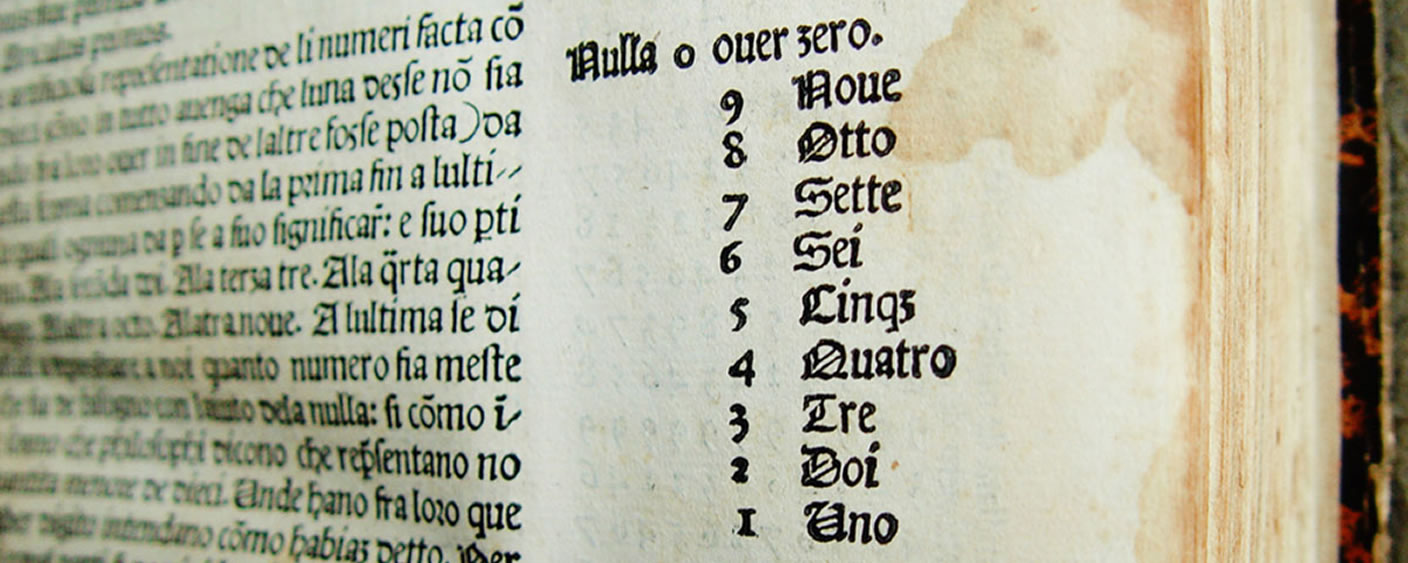Fibonacci's legacy

Fibonacci's works were first studied intensively in Italy. Above all the "business" part of "Liber abaci" exercised an enormous influence on the commercial schools flourishing in the fourteenth century and the arithmetic books (trattati d'abaco) appearing in large numbers. Even Luca Pacioli made extensive use of Fibonacci's work in 1494 in his "external page Summa de arithmetica" (1523 edition). In the following centuries, however, Fibonacci was increasingly forgotten, like so many works of the thirteenth and fourteenth centuries overrun by the invention of movable type printing. At the most, Fibonacci was known about as a result of Pacioli's testimony. Biographical notes on Leonardo of Pisa were scarce and it was no longer precisely known when he had lived. Even in 1777 it was stated in the new edition of the "Encyclopédie" by Diderot and d'Alembert under the headword "algebra" that Luca Pacioli had been a pupil of Leonardo of Pisa but that nothing was known of Leonardo's writings.
At the same time new findings had already emerged in Italy in the eighteenth century. On his exploratory tours through the libraries of Italian cities, Francesco Antonio Zaccaria (1714–1795) – archivist and librarian to the Duke of Modena and later lecturer and researcher at La Sapienza University of Rome – discovered in Florence two manuscripts of "Liber abaci" from the fourteenth and fifteenth centuries. From them, he published the list of chapter headings, the letter of dedication to Michael Scottus and the preface with Leonardo's autobiography whereby putting Fibonacci's biographical data into perspective.
However, the actual rediscovery of Fibonacci is due to the two mathematicians Pietro Cossali and Giambattista Guglielmini and culminated in the middle of the nineteenth century in the works of Baldassarre Boncompagni.